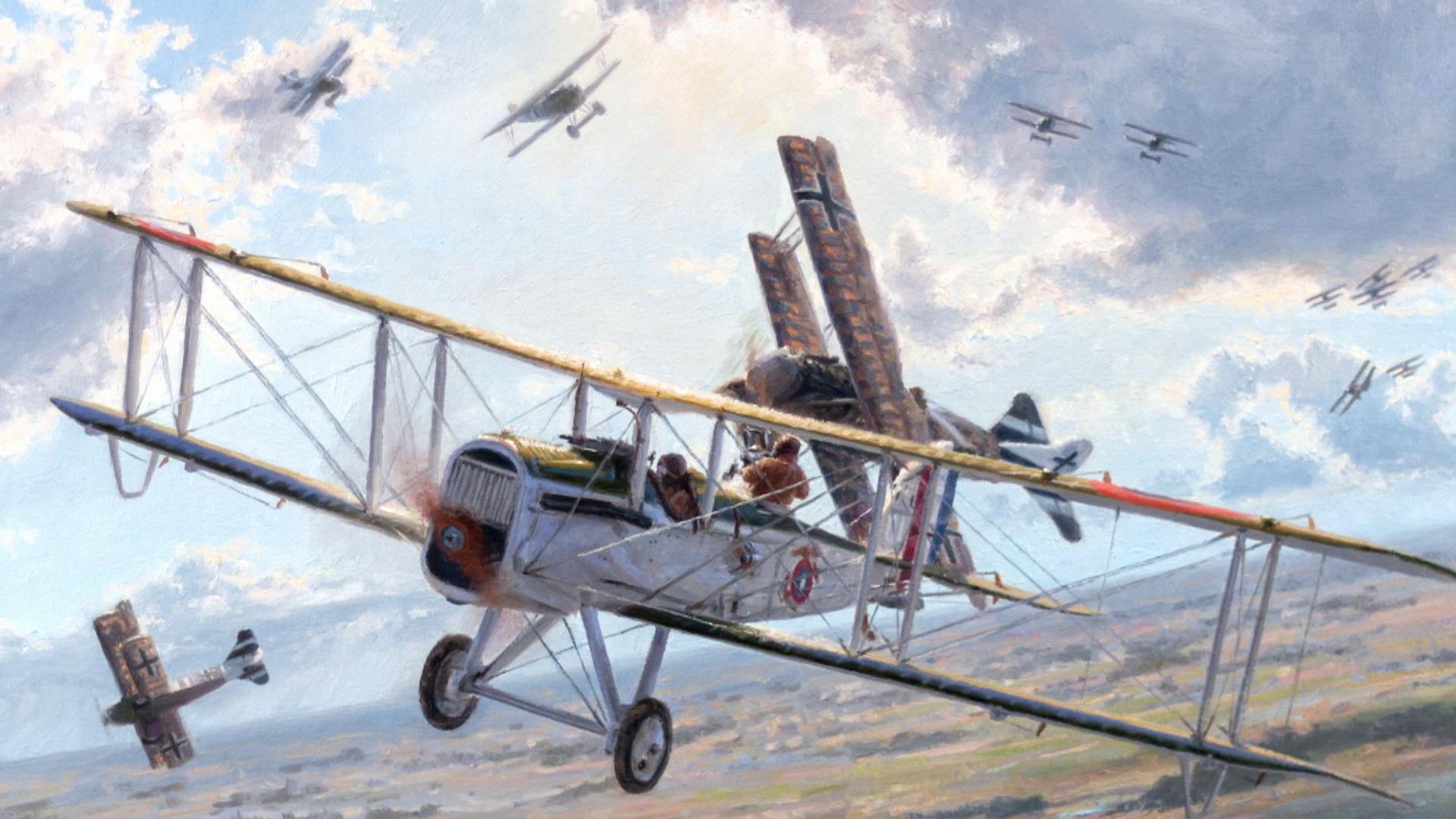pinehilljoe
Staff Sergeant
- 878
- May 1, 2016
Were Packard engines ever considered for tanks. These are not the Merlin, but Packard designs used in PT boats. Packard 1A-2500 - Wikipedia
Follow along with the video below to see how to install our site as a web app on your home screen.
Note: This feature may not be available in some browsers.
Ad: This forum contains affiliate links to products on Amazon and eBay. More information in Terms and rules
Possibly considered but at 40 litres it would most likely have been considered too big and maybe too thirsty to go with it.Were Packard engines ever considered for tanks. These are not the Merlin, but Packard designs used in PT boats. Packard 1A-2500 - Wikipedia
Well, true, the initial Merlin design did not have removable heads and Packard changed that, too.Except for the cylinder head, and here Ford used a number of differences.

I thought Rolls changed the head design and Packard picked up production at that point?.Well, true, the initial Merlin design did not have removable heads and Packard changed that, too.
But the Liberty was built like the auto engines of its day, separate cylinders. Powerful, perhaps, but not really very advanced. The Curtiss D-12 changed all that, and all the V-12's after it were more or less copies.

Legends of the Sky: The Liberty Plane | KET
Liberty Plane tells the story of the first American airplane mass-produced for WWI effortswww.ket.org
Ford was asked if they could build Merlins, examined the RR drawings, and declined. Then later Ford came out with an in-line tank engine and Guess What It Looked Like.
Well, true, the initial Merlin design did not have removable heads and Packard changed that, too.
Packard was in a better place to do it as Packard was buying (or making) all new machinery. RR needed to introduce the new parts/processes to existing production lines without interrupting the flow of engines.Edsel signed the deal.
Henry reneged on the deal because he was ... what he was.
?? RR changed that.